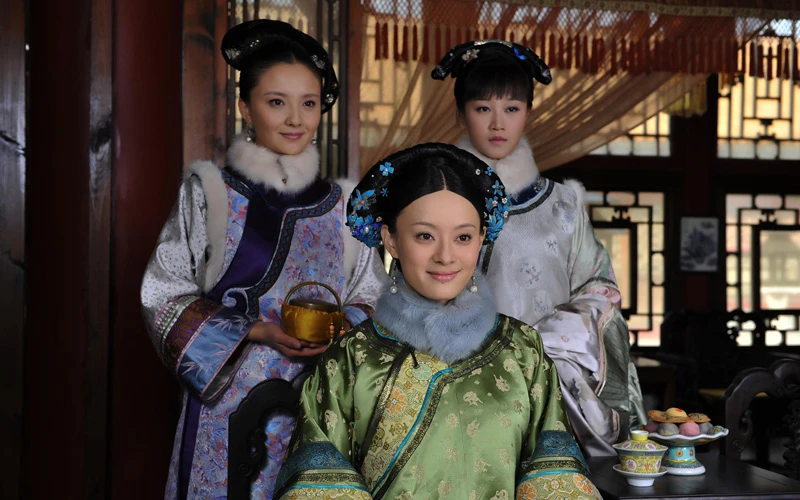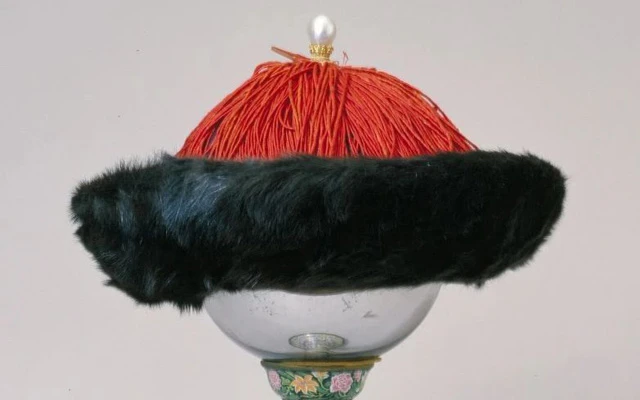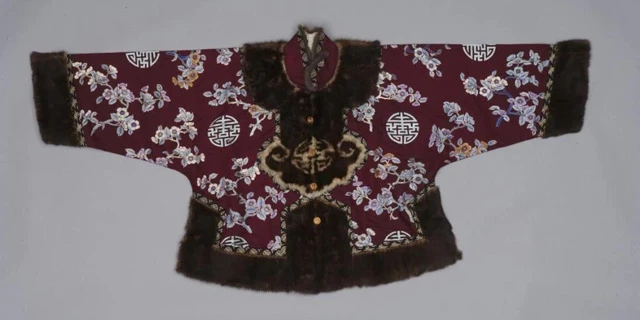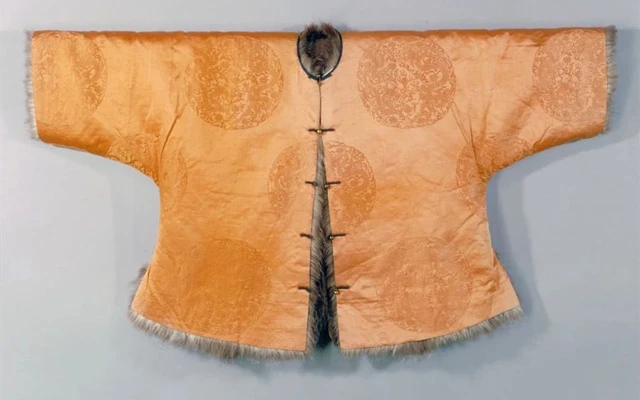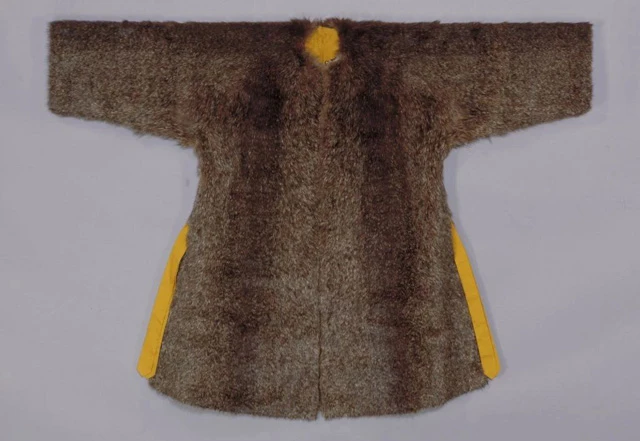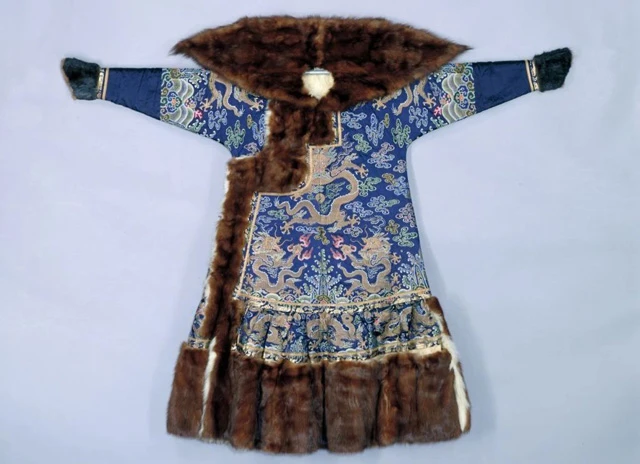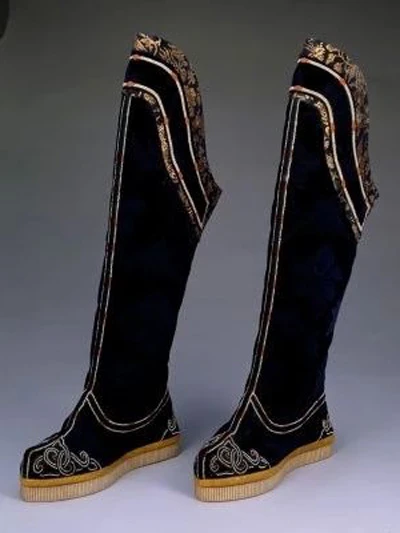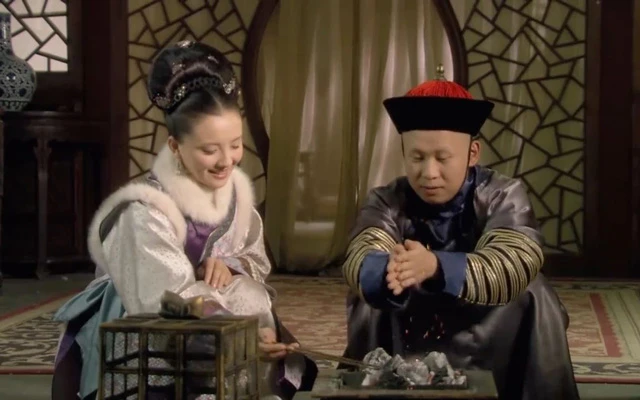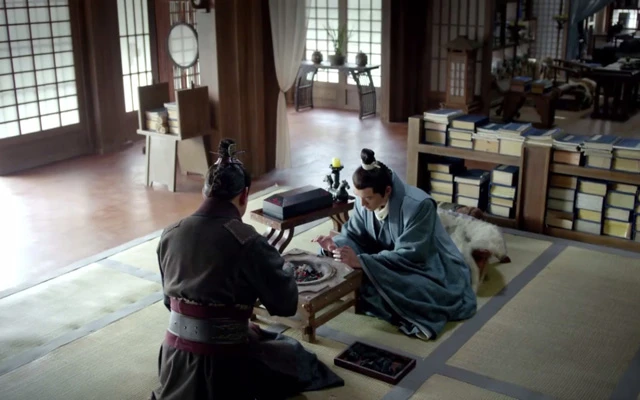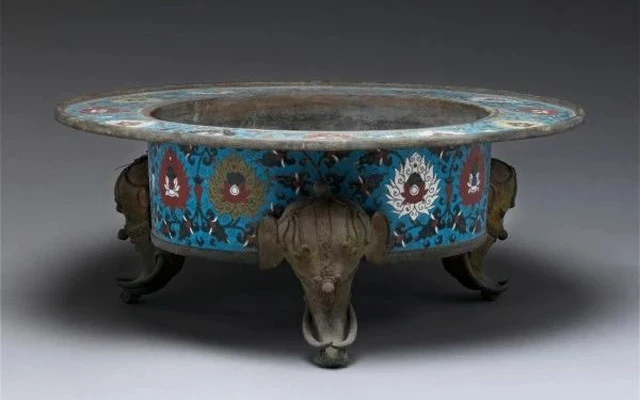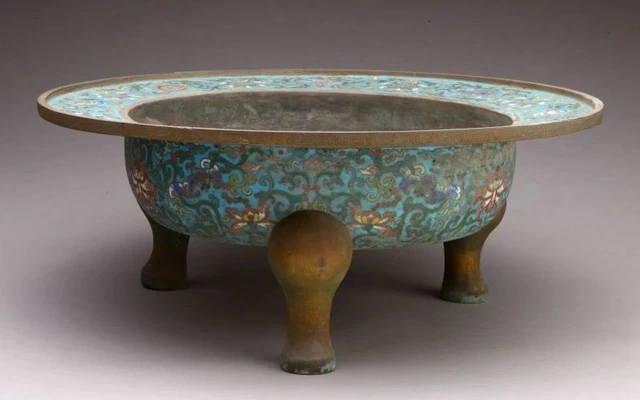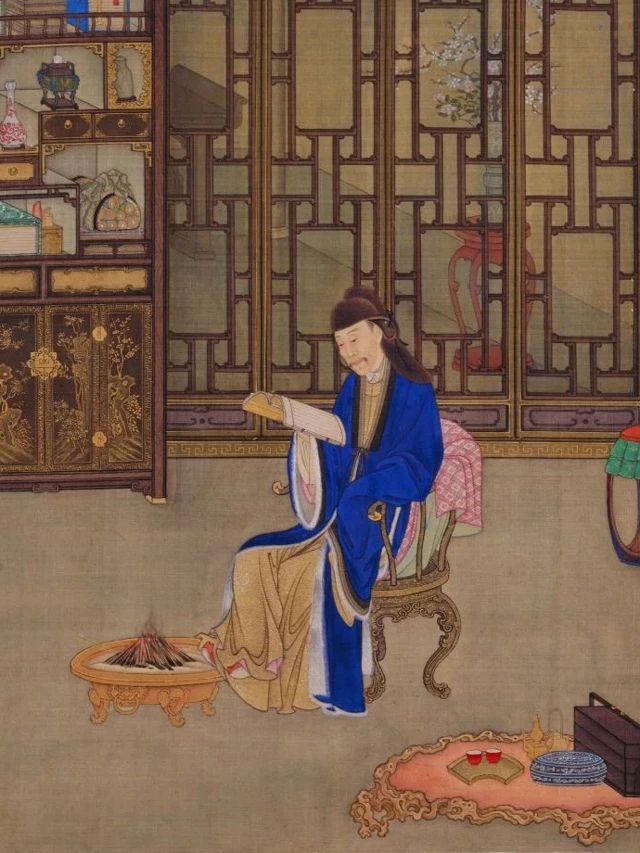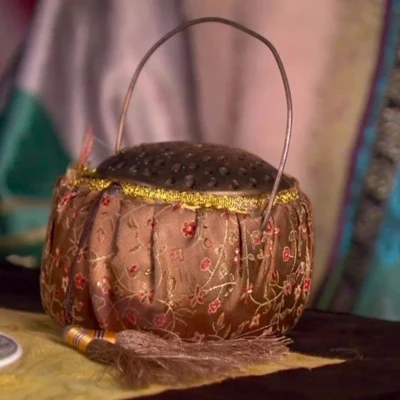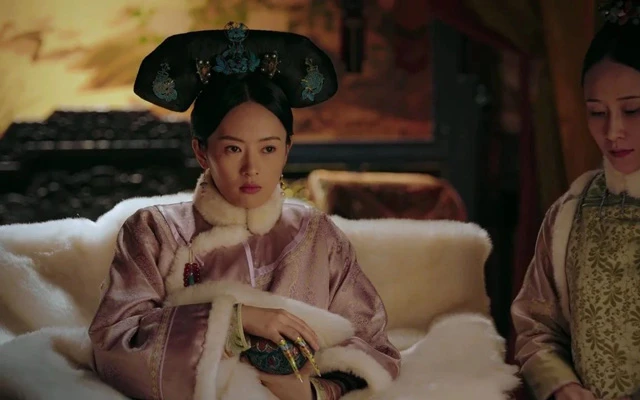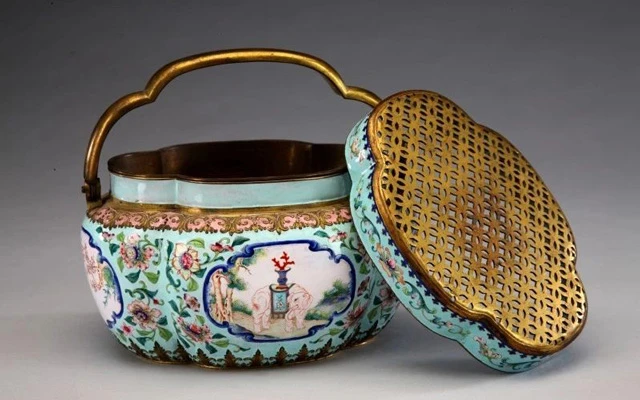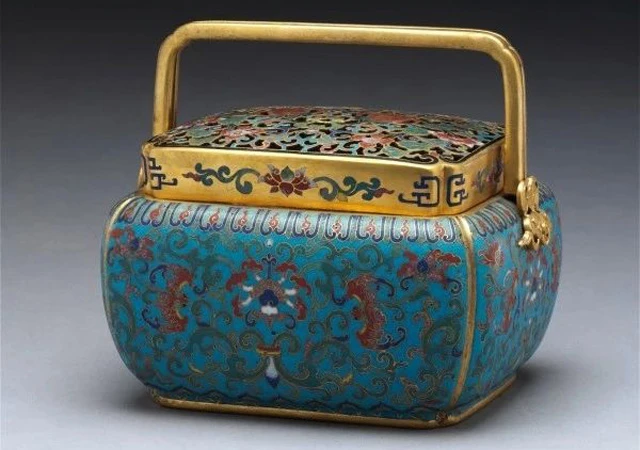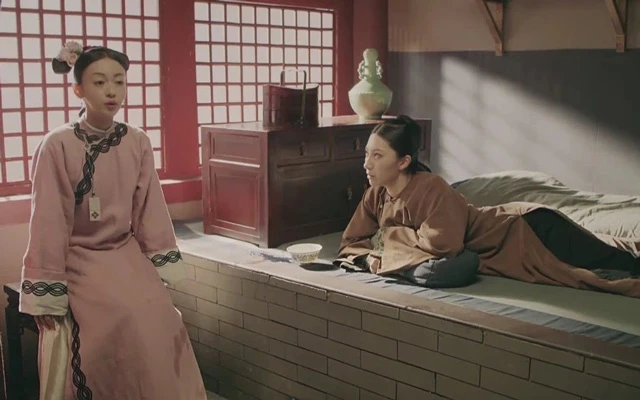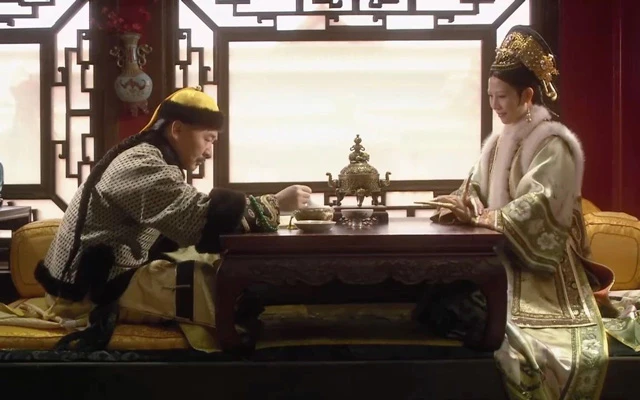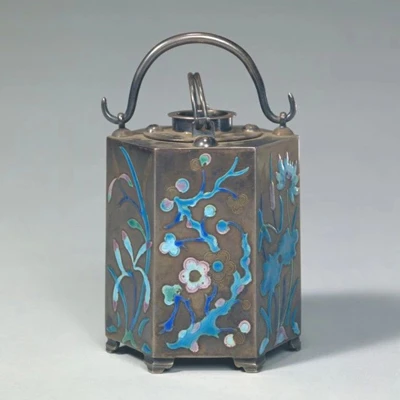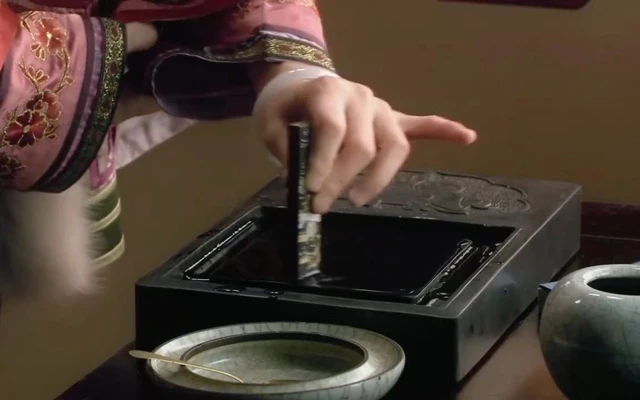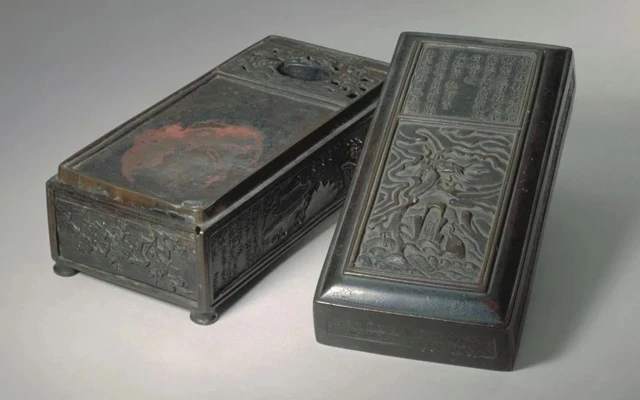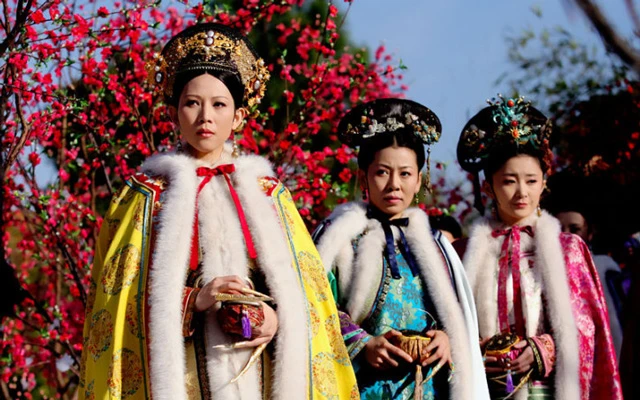In ancient China, the harsh winter cold was often a challenge, especially in regions where winters were long and frigid. However, the ancient Chinese people, with their wisdom and creativity, developed a series of unique and effective methods of keeping warm. These methods not only reflected the progress of ancient Chinese society and technology but also demonstrated their profound understanding of and adaptation to the natural environment. From braziers to fireplaces, from underfloor heating to ingeniously designed clothing, the heating methods of ancient China were the crystallization of wisdom in the face of cold.
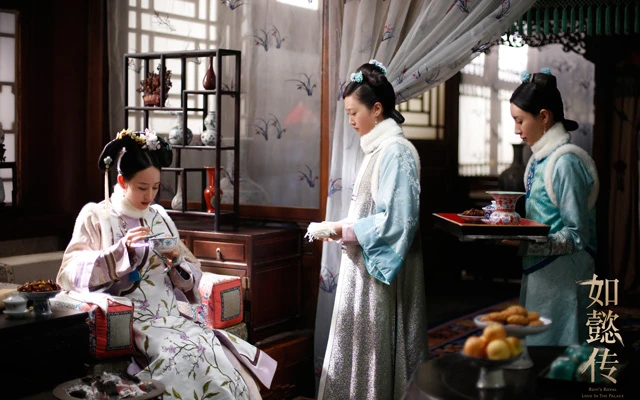
01 Fur
The most direct way for the human body to keep warm is to dress thickly, and the most natural and effective fabric is animal fur. This is also an indicator we use to determine the changing seasons in historical dramas - whether the main characters are wearing fluffy costumes, indicating that it is cold in the drama. A large number of historical dramas have contributed to the production of various styles of furry costumes.
In fact, the winter clothing of ancient people was more exquisite and complete than the costumes in dramas. They would wear warm hats, fur jackets, cloaks, woolen socks, and sheepskin boots from head to toe to brave the cold.
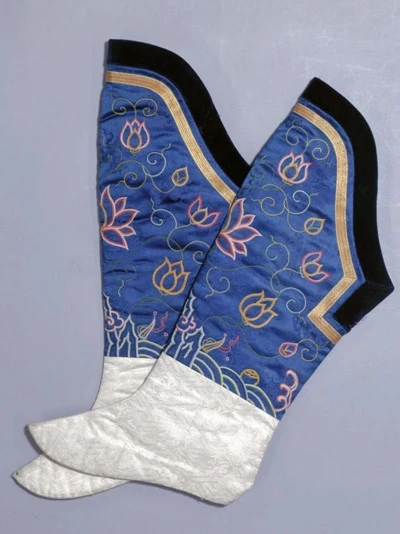
02 Fire
In addition to relying on clothing for warmth, fire is the primary source of heat for humans. The use and control of fire were already mastered by the Peking Man in the early Paleolithic period, dating back 300,000 years.
This monumental progress has had an immeasurable impact on human civilization, and most of the ways people in historical dramas keep warm are still closely related to fire. Fire is a key source, and people have developed various heating methods and created a myriad of heating devices from simple fire.
The use of charcoal for heating is also very common in historical dramas and can be considered an important winter material.
Charcoal braziers were placed in palaces or courtyards during winter, and they were mainly made of filigree enamel or copper. The archives of the Imperial Household Department of the Qing Dynasty often mention the matching of filigree enamel braziers or the renovation of them. Charcoal braziers are also mentioned multiple times in the dialogue of historical dramas.
The charcoal used for burning also had its own specifications. Some palace dramas even depicted disputes over charcoal. The "silver charcoal" and "black charcoal" mentioned in "Empresses in the Palace" are both names for charcoal.
Xu Shen's "Shuowen Jiezi" states: "炭,烧木余也". It refers to the residue left after burning wood, which is charcoal. As early as the Shang and Zhou dynasties, people had already mastered the technology of making charcoal. In the "Rites of Zhou", there is a position called "Zhang Tan", which means that the court had officials and institutions in charge of charcoal.
"Hongluo charcoal" is a high-quality charcoal made from hardwood produced in Yizhou. It is burned in Zhuozhou, Jizhou, Yizhou, Wanping, and Daxing counties. Hongluo charcoal is hard and durable, with gray-white ash and does not explode. It can also be sawed into segments as needed, making it extremely convenient to use.
The finished charcoal is transported to the Hongluo Factory in the capital city, where it is precisely cut according to standard specifications and packaged in small round wicker baskets coated with red color. It is then used in the palace. Because it is packaged in red wicker baskets, it is called "Hongluo charcoal".
According to the ranking in the Qing Dynasty court, the empress would receive 10 catties of Hongluo charcoal in summer and 20 catties in winter; the imperial noble concubine and noble concubine would receive 10 catties in summer and 15 catties in winter.
03 Hand Warmer
In addition to being burned for warmth in braziers, charcoal can also be placed in hand warmers or foot warmers to warm the hands and feet. Hand warmers (手炉) are frequent guests in costume dramas, they are small objects specifically designed for keeping hands warm in the winter. Hand warmers can even be placed in sleeves to warm the hands. Most hand warmers have a basic circular or oval shape, with decorative variations.

The structure of a hand warmer consists of an outer shell and an inner container. The outer shell can be made and decorated using lacquerware, copperware, enamel, and other techniques as needed. The inner container is made of copper and is used to hold the burning charcoal, placed inside the rim of the outer shell. The rim has a hollow cover for ventilation. Through the conduction of air between the inner and outer layers, the hand warmer becomes warm without burning. For convenience of carrying, most hand warmers have a movable handle.
To this day, in some individual hand warmers stored in the Forbidden City, traces of grayish-white charcoal ash can still be seen. The earliest hand warmers appeared in the late Ming Dynasty and were made by two renowned copperware craftsmen, Hu Wenming and Zhang Mingqi. The former excelled in the art of engraving, while the latter won acclaim for his pure color.
At that time, hand warmers were a common winter accessory on the desks of literati, used to warm hands and promote blood circulation for the purpose of writing and painting. In the Qing Dynasty, hand warmers entered the palace and became royal utensils. Their craftsmanship was upgraded, incorporating multiple techniques, greatly increasing their value, and presenting a colorful artistic style.
04 Tangpozi
In addition to holding a hand warmer, a Tangpozi can also be held in one's arms for warmth. Tangpozi is a flat pot made of copper and tin, into which hot water is poured and sealed. It serves as a heating device for warming the bed in winter, similar to today's hot water bags.
05 Kang
The Kang bed is a bed made of adobe or bricks, used for heating with a stove or direct fire in northern China, and is extremely popular in the region.
The prototype of the Kang bed appeared in the Spring and Autumn period. Later, through practical experience, people invented stoves for heating. These stoves were quite small and had good insulation because they were placed underground. It was very comfortable to sit or sleep on them. The true Kang bed, as its name suggests, appeared at least in the Tang Dynasty. The difference between it and the stove is that it does not need to be dug into the ground, but is constructed on the ground.
In the Qing Dynasty palace, there were warm pavilions, which were transformed into underground based on the principle of the Kang bed. In "Records of the Palace Maid," palace maids around Empress Dowager Cixi recalled, "The palace buildings are all suspended, just like modern buildings with basements. In winter, iron pulleys are used to push the burning charcoal into the basement for heating, making people feel like they are on a warm Kang bed inside the house." The warm pavilion is a small house built inside the palace hall, with lattice doors, partition boards, and ceilings. It is actually a small compartment separated from the main hall to prevent the cold.
06 Other heating methods
Hot pot
In the Tang and Song dynasties, hot pot was popular and commonly prepared by government officials and prominent families. During the Five Dynasties, a variation known as the "Five Compartment Hot Pot" emerged, where the hot pot was divided into five compartments for guests to cook their food. At that time, the hot pot was also referred to as a "warm pot" and came in two types: one made of copper and the other made of pottery. Its primary purpose was to cook meat. By the Qing dynasty, various types of hot pot for cooking and dipping meat had become exquisite dishes in the imperial court.
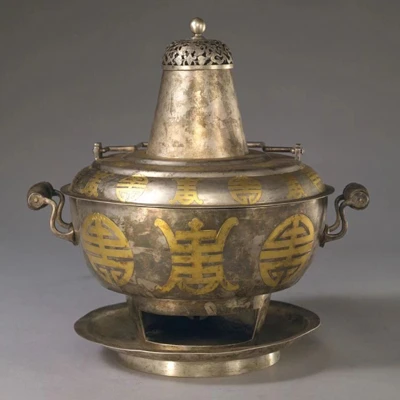
In the Qing palace, the hot pot typically consisted of a pot, lid, chimney, and a cover to extinguish the fire. The pot had a built-in stove and could be used to burn charcoal. It came in various materials such as ceramics, pure silver, silver-plated gold, copper, tin, and iron.
There are two basic forms of hot pot: one is a combination style, consisting of a pot, stove stand, stove ring, stove plate, and alcohol bowl. It can be used to cook food on the table or used separately to keep food warm. The other style is a pot with a built-in stove, where the stove burns charcoal to boil water. Raw fish, meat, vegetables, and other ingredients can be cooked in boiling water.
Wine warmer
During the Tang Dynasty, a large number of gold and silver wine warming utensils appeared, characterized by their dignified appearance and exquisite craftsmanship. In the Ming and Qing dynasties, wine warming utensils underwent constant changes, with a wide variety of types such as warming bowls, wine warming pots, wine warming stoves, and wine warming jars, made from various materials.
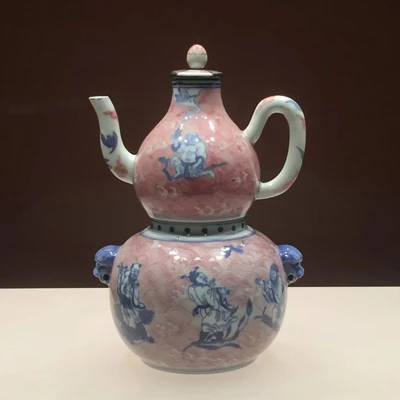
A wine warming pot is a vessel used to keep wine warm with hot water. Apart from the familiar warming bowls from the Song Dynasty, there are other types, such as the gourd-shaped wine warming pot mentioned in the drama "Xiaozhuang Mishi." It consists of two parts: the upper part for holding wine and the lower part for pouring hot water to warm the wine, perfect for extended drinking sessions. The two parts fit together seamlessly, with a novel and ingenious design that is truly unique.
Another type of wine warming pot consists of two parts: an inner pot in a cylindrical shape with a spout, lid, and handle, used for pouring wine, and an outer jacket with a larger space between the two for holding hot water.
Warm inkstone
The earliest record of a warming inkstone can be found in the Han Dynasty. Cui Shi's "Four Seasons and Customs" states that students in the Han Dynasty had to stop attending classes for two months starting from November because their inkstones would freeze. As a result, the warming inkstone was invented and became more popular in the Ming and Qing dynasties.
A warming inkstone typically consists of an inkstone body, inkstone box, and warming tray. The warming tray is used to burn charcoal or fill with hot water and is placed below the inkstone body to prevent the ink from freezing during the cold winter months. The lower wall of the inkstone body has a movable partition, which can be pulled out to conveniently place or remove the warming tray. Due to its function, it is called a warming inkstone. Most of the surviving warming inkstones were made during the Qing dynasty.
As time passed, although modern heating technology has largely replaced these ancient methods, the wisdom and creativity of the ancient Chinese people in combating the cold are still worth remembering and appreciating. These traditional heating methods are not only part of China's rich cultural heritage but also an important window into understanding the lifestyle of ancient society. Today, as we enjoy modern comforts in our warm homes, perhaps we can take a moment to reflect on the ancient wisdom and craftsmanship that have gradually faded from our view in the river of history.
